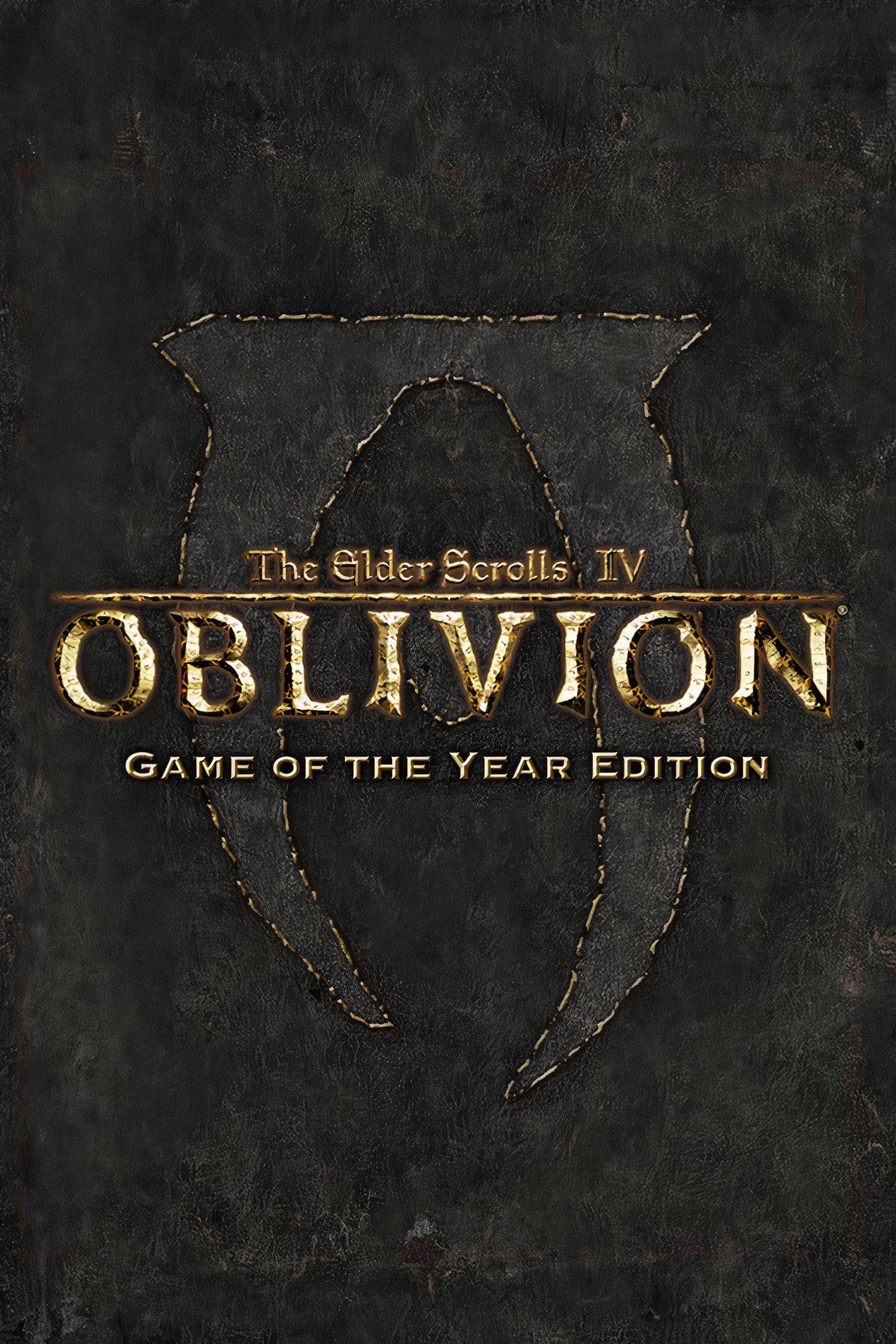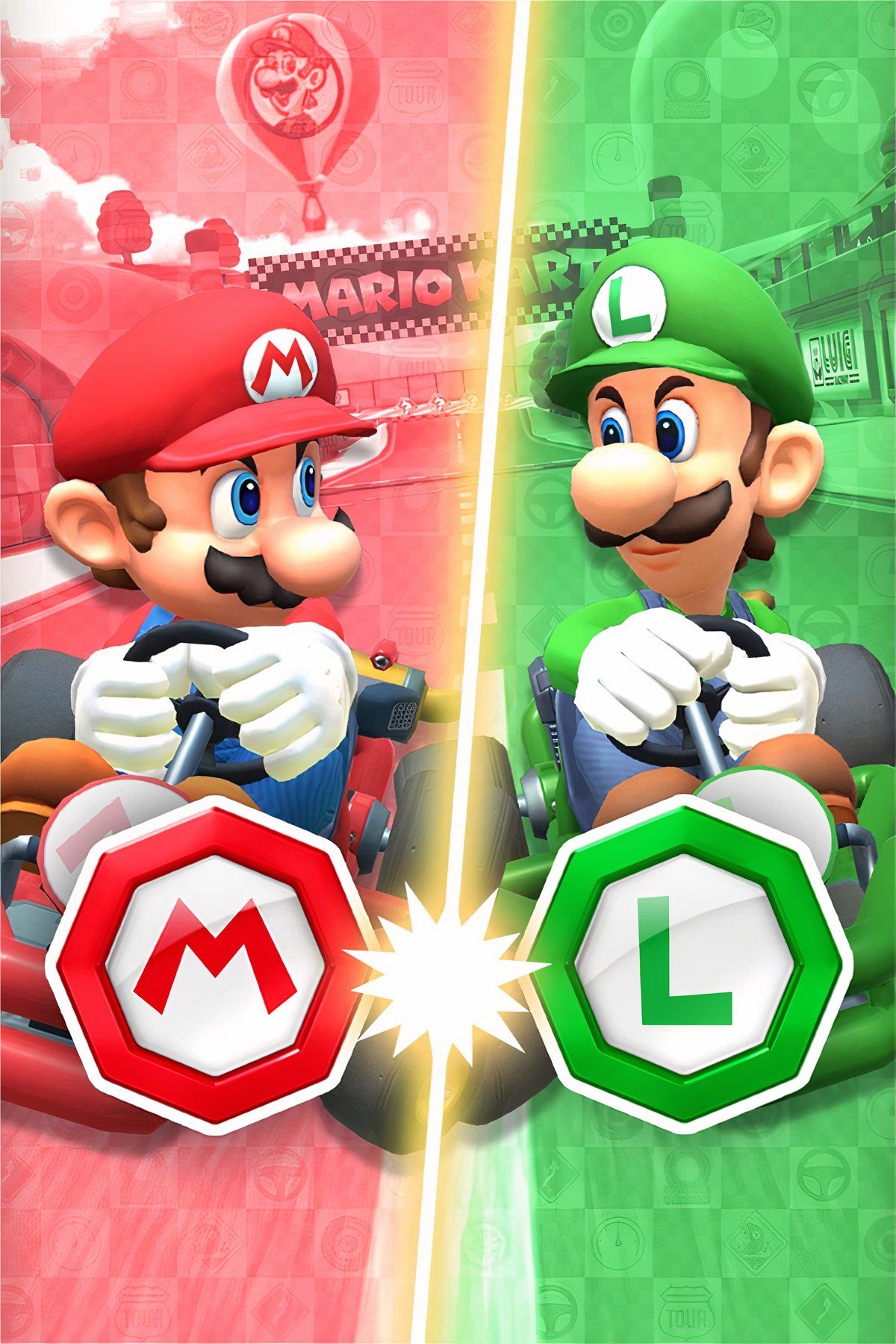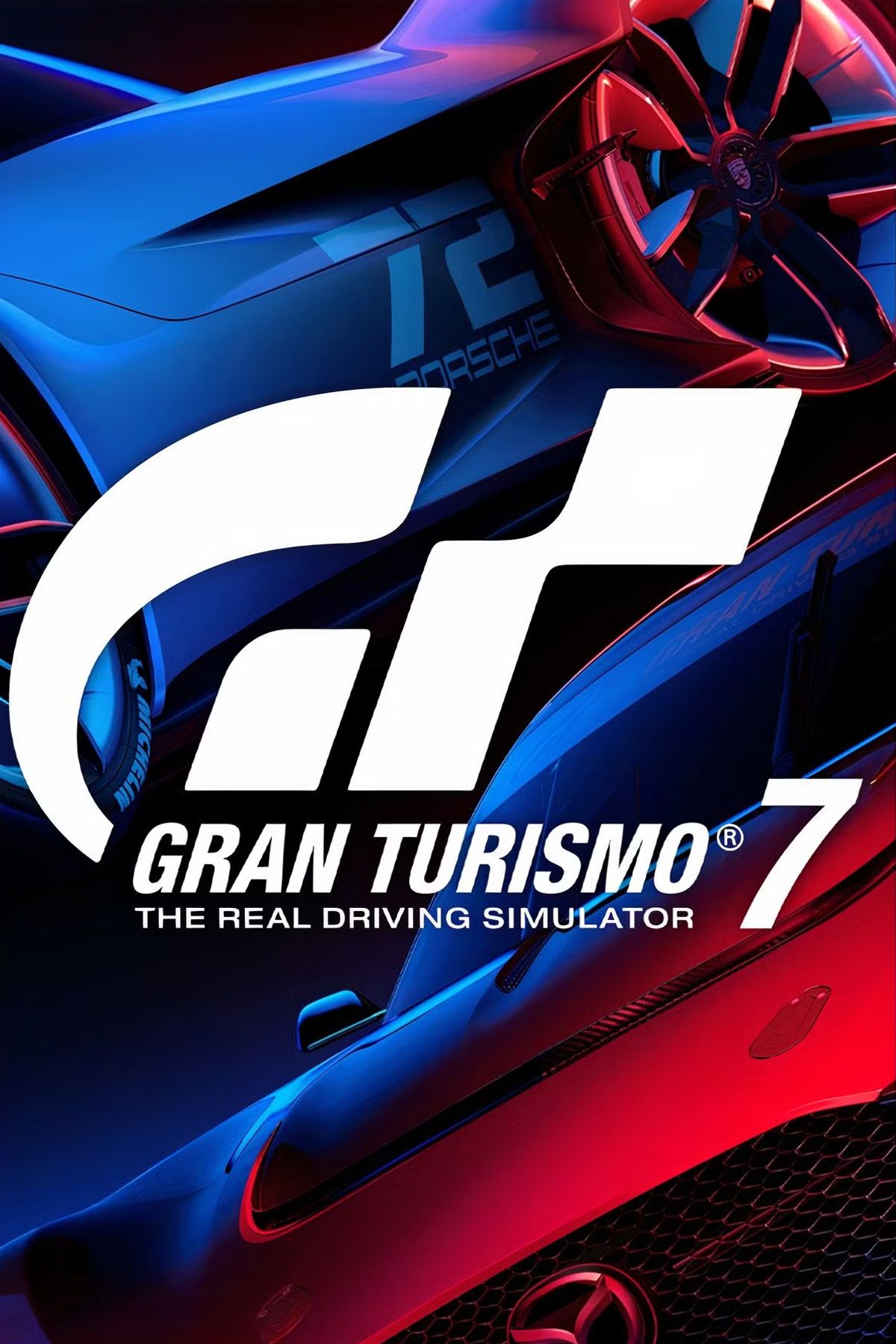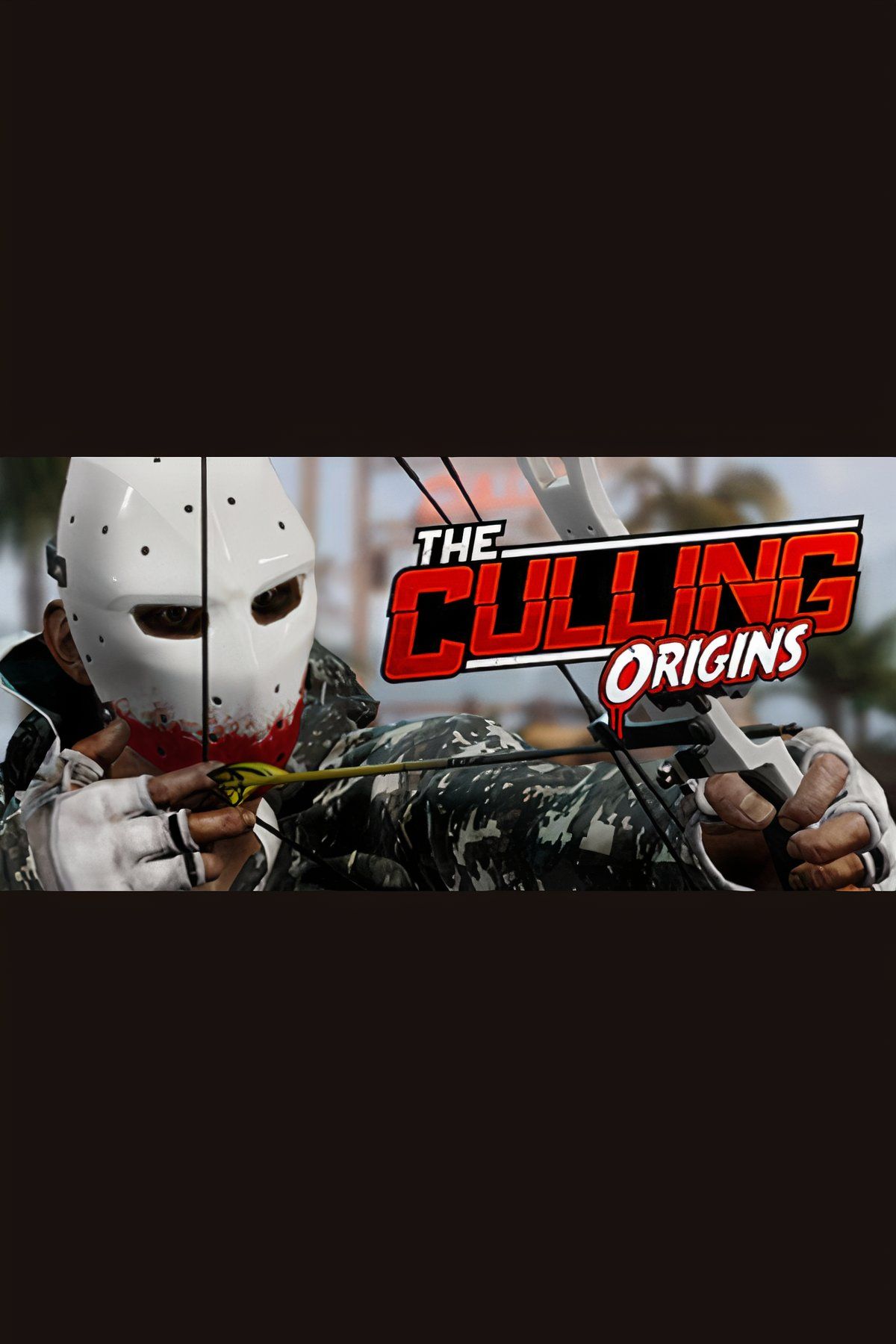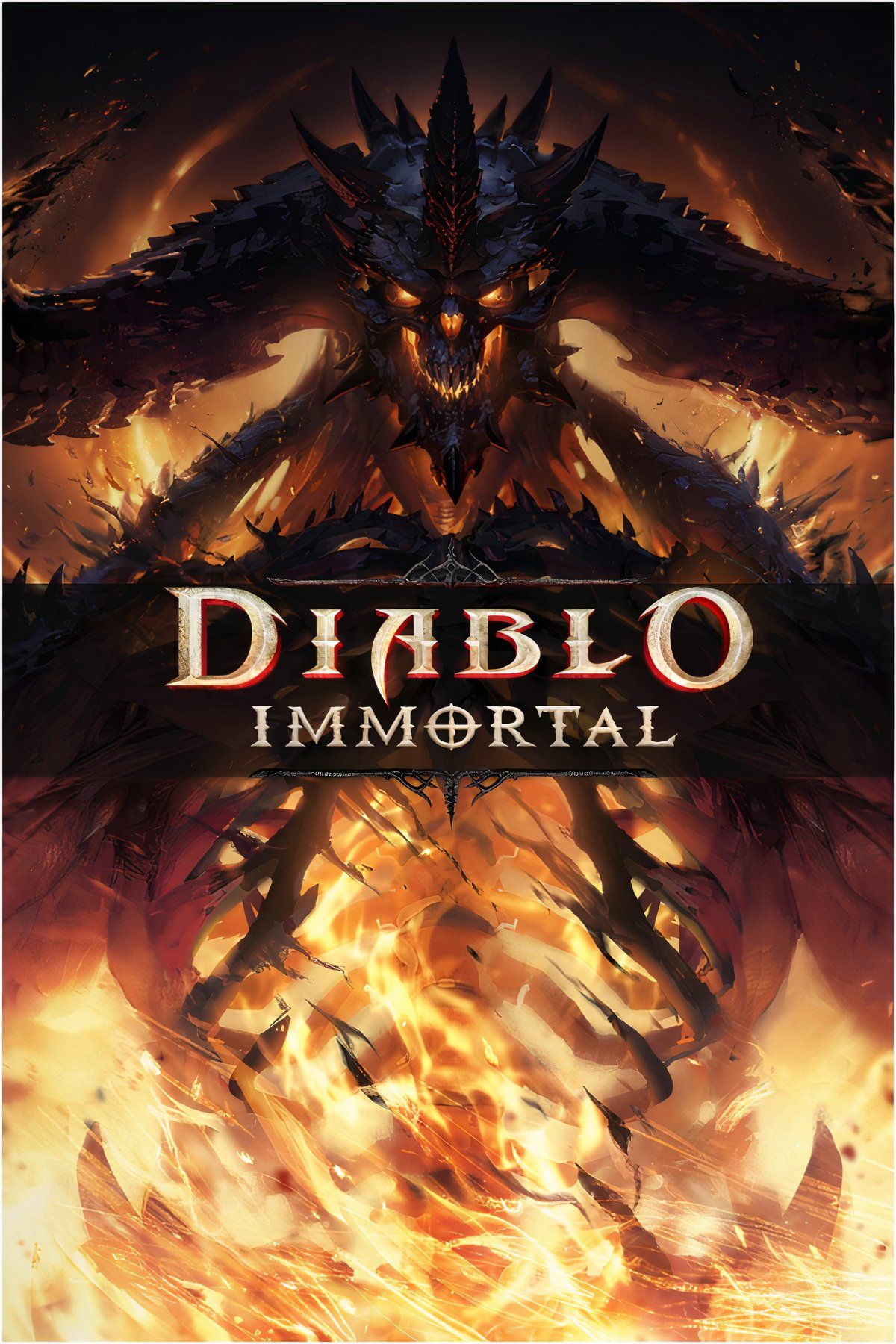
The 10 Greediest Microtransactions Ever Put in Games
The gaming industry feels greedier than ever. Some publishers seem determined to squeeze every last penny out of players as live-service models with problematic monetization practices dominate the market. It’s not because they make games better, but because they generate ongoing revenue through battle passes, loot boxes, cosmetics, and other microtransactions.
Features that once came standard are now sold back to us piece by piece. Some of the games below didn’t just cross the line—they painted a new one further back.
The OG microtransaction. In hindsight, Oblivion’s infamous horse armor DLC doesn’t seem all that offensive, especially compared to the deplorable cash grabs we see in games today. But it earns a spot on this list because of its place in the tainted legacy of microtransactions in video games.
Released in 2006, the horse armor cost roughly $2.50 and gave your mount a bit of extra health, but it was primarily designed to make your horse look fancy. Players had always been willing to pay for meaningful expansions, but being asked to shell out real money for something so trivial (in an already full-priced game, no less) felt like a turning point.
And sadly, it was. The backlash was loud, but the sales were strong enough to send a message to publishers: people will pay for anything. Oblivion‘s horse armor paved the way for the normalization of microtransactions in gaming. If it was released today, most players probably wouldn’t even blink.
9
Mario Kart Tour – Loot Boxes in a Kids’ Game
While not as notorious for greedy microtransactions as some other publishers, Nintendo is far from innocent. One of its worst offenses was Mario Kart Tour. The game featured gacha mechanics (like loot boxes) that encouraged addictive behavior. Players could purchase in-game currency called Rubies and spend them on “Spotlight Pipes” to unlock random items and upgrades. Some of these made the game significantly easier, effectively turning progression into a paywall for less-skilled or impatient players.
Unfortunately, this kind of monetization isn’t new. However, putting it in a Mario Kart title—a franchise with a notably younger audience—makes it feel especially sinister. In 2023, a boy and his father filed a lawsuit against Nintendo after the child reportedly spent over $170 on microtransactions using his dad’s credit card. By then, Nintendo had already removed loot boxes from the game, but who knows how much extra revenue those morally questionable mechanics brought in beforehand.
8
Gran Turismo 7 – When a Car Costs More Than the Game
Gran Turismo 7 was a genuinely great racing game marred by infuriating microtransactions. While the core gameplay was praised, Sony implemented a series of patches just two weeks after launch that made unlocking content (like cars) unreasonably slow—unless, of course, you were willing to pay extra. The grind became deliberately tedious, pushing players toward buying in-game credits.
But these were more like macrotransactions than microtransactions. Some cars in the in-game dealership were priced at the equivalent of about $200 in real money. Things got even worse when the president of developer Polyphony Digital tried to defend the pricing model. He argued that the high prices were necessary to reflect the real-world value and rarity of the cars—an absurd justification that obviously didn’t go over well.
Players responded with widespread backlash, including review bombing that drove Gran Turismo 7 to the lowest Metacritic user score ever for a Sony-published title. Eventually, the studio was forced to walk it all back, offering free credits to players and promising changes to make progression more fair.
7
Call of Duty: Black Ops 4 – The $1 Red Dot
The Call of Duty series is no stranger to criticism over its predatory business practices, as evident in one of its latest ventures—advertising microtransactions directly to players through the killcam in Black Ops 6. However, few examples are as blatantly money-hungry as what unfolded in Black Ops 4, when the in-game store began selling a single, basic red-dot reticle for 100 CoD Points—the equivalent of one U.S. dollar.
This wasn’t a special or animated cosmetic. It was a plain, standard red dot—the kind of reticle players had always been able to unlock through gameplay in past titles. But in Black Ops 4, Activision decided to test just how far they could push the boundaries of player tolerance. And remember: this was already a full-priced, AAA game.
The game’s broader monetization model was widely condemned, but trying to charge paying customers for a simple aiming dot felt like parody-level greed. It was a brazen move that perfectly symbolized the industry’s growing obsession with nickel-and-diming its most loyal fans.
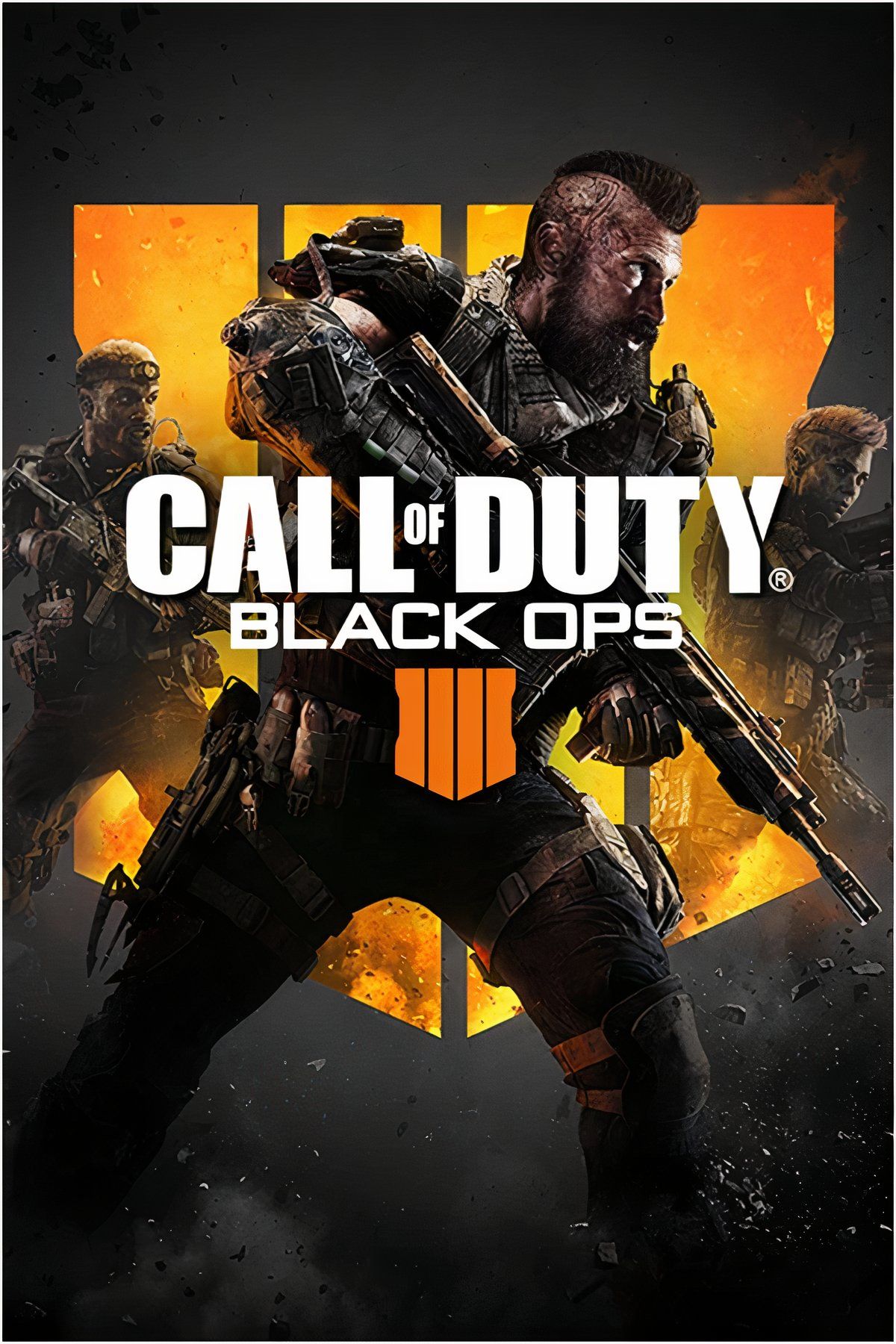
Call of Duty: Black Ops 4
- Released
-
October 12, 2018
- ESRB
-
M for Mature: Blood and Gore, Drug Reference, Intense Violence, Strong Language
- Developer(s)
-
Treyarch
- Publisher(s)
-
Activision
6
Middle-earth: Shadow of War – The Cost of an Army
Celebrated for its patented Nemesis System, Middle-earth: Shadow of War‘s initial reception was dampened by a predatory microtransaction system. The full-priced game featured a marketplace complete with loot boxes that could be purchased with real money to receive a random assortment of followers, gear, and consumables to beef up your army. The problem was that, even though Shadow of War is a single-player game, it created a pay-to-win environment in which spending money gave you a clear advantage.
Its implementation was especially egregious because the endgame content was heavily grindy, strongly incentivizing players to open their wallets if they wanted to finish the game without hours of repetitive effort.
After receiving enough criticism, Monolith Productions and Warner Bros. Interactive Entertainment eventually admitted their mistake. They removed the marketplace and microtransactions from Shadow of War and rebalanced the game, citing that the loot boxes undermined the game’s central design and compromised its integrity.
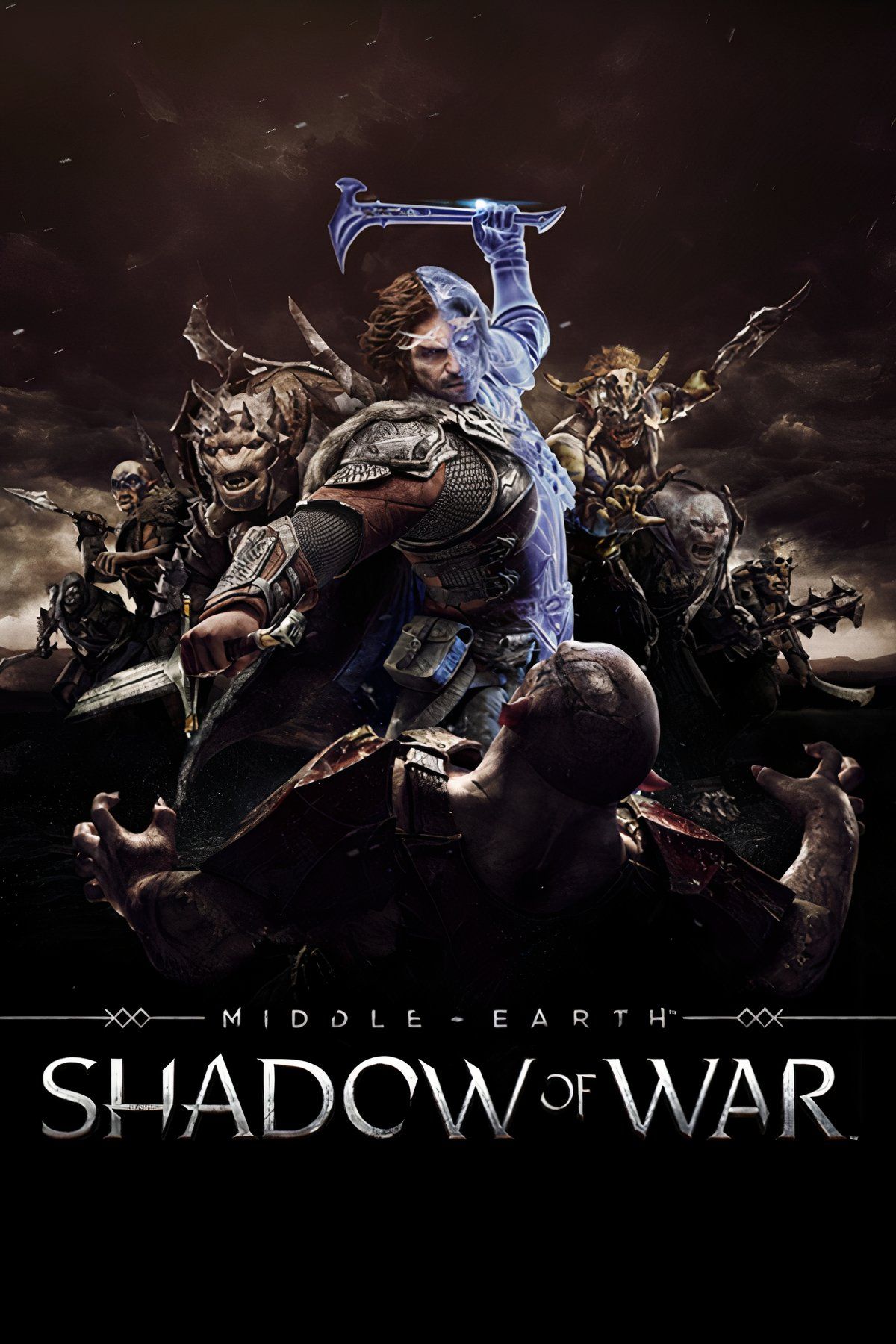
Middle-Earth: Shadow of War
- Released
-
October 10, 2017
- ESRB
-
M for Mature: Blood and Gore, Intense Violence
- Developer(s)
-
Monolith
- Publisher(s)
-
Warner Bros. Interactive
5
EA SPORTS FC and Madden – Ultimate Team, Ultimate Exploitation
The Ultimate Team modes in both EA SPORTS FC (formerly FIFA) and Madden are home to some of the worst microtransaction practices in modern gaming. These modes let you build custom teams by collecting virtual player cards. While you can earn them through gameplay, you’re absolutely incentivized to buy packs using in-game currency—currency that’s typically bought with real money. The random nature of the card packs (loot boxes) has drawn comparisons to gambling and even legal scrutiny in countries like the Netherlands.
If the internal pressure to improve your squad wasn’t enough, the multiplayer design of Ultimate Team modes guarantees it. Since you’re matched against other players’ teams, you’re at a serious disadvantage if you don’t spend (on top of the $70 you already paid for the base game).
And if you do decide to spend money? You better get your money’s worth, because once the next annual installment arrives, your progress resets. You’ll be rebuilding your team from the ground up—exactly how EA likes it.

EA Sports FC 25
- Released
-
September 27, 2024
- ESRB
-
Everyone // Alcohol And Tobacco Reference, Users Interact, In-Game Purchases (Includes Random Items)
- Developer(s)
-
EA Canada, EA Romania
- Publisher(s)
-
EA Sports
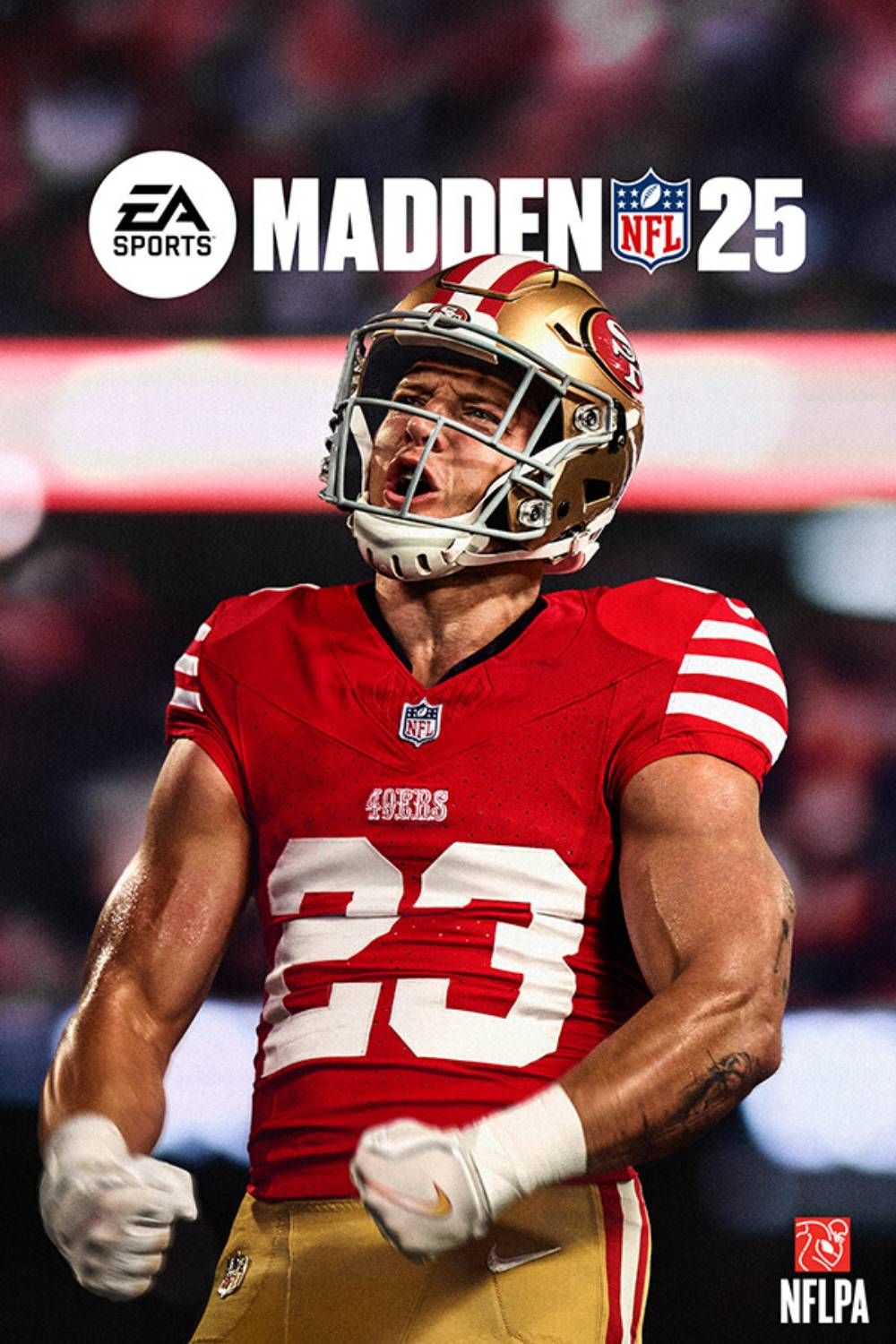
Madden NFL 25
- Released
-
August 16, 2024
- ESRB
-
E For Everyone
- Developer(s)
-
EA Tiburon
- Publisher(s)
-
EA
4
NBA 2K – The Price of Being a Pro
It feels like the NBA 2K series flies under the radar when it comes to microtransaction criticism, but it might actually be one of the worst—if not the worst—offenders in the industry.
MyCAREER, the game’s flagship mode, is disgustingly pay-to-win. You can barely compete unless you sink hours upon hours into grinding or pay for Virtual Currency (VC) up front. Earning VC is painfully slow, making it nearly impossible to upgrade your player to a usable level without either monotonous grinding or swiping your credit card. If your overall rating is too low, no one wants to squad up with you in online modes like The City or the Pro-Am, and you’ll get crushed by maxed-out opponents.
And it doesn’t stop there. Want to customize your appearance with some flair? That costs VC, too. Want to change your build or position? You’ll have to start a brand-new character from scratch. That’s just the beginning. NBA 2K has its own Ultimate Team-style mode called MyTEAM, and it’s just as predatory. Some versions of the game have even featured unskippable in-game ads, and 2K is constantly trying to sell you something. And let’s not forget: this is a full-priced AAA title.
After all that—after you’ve maxed your MyPLAYER and collected the best cards in MyTEAM—you remember that NBA 2K is an annual franchise. None of your progress carries over. It’s so exploitative that just writing about it makes me nauseous.
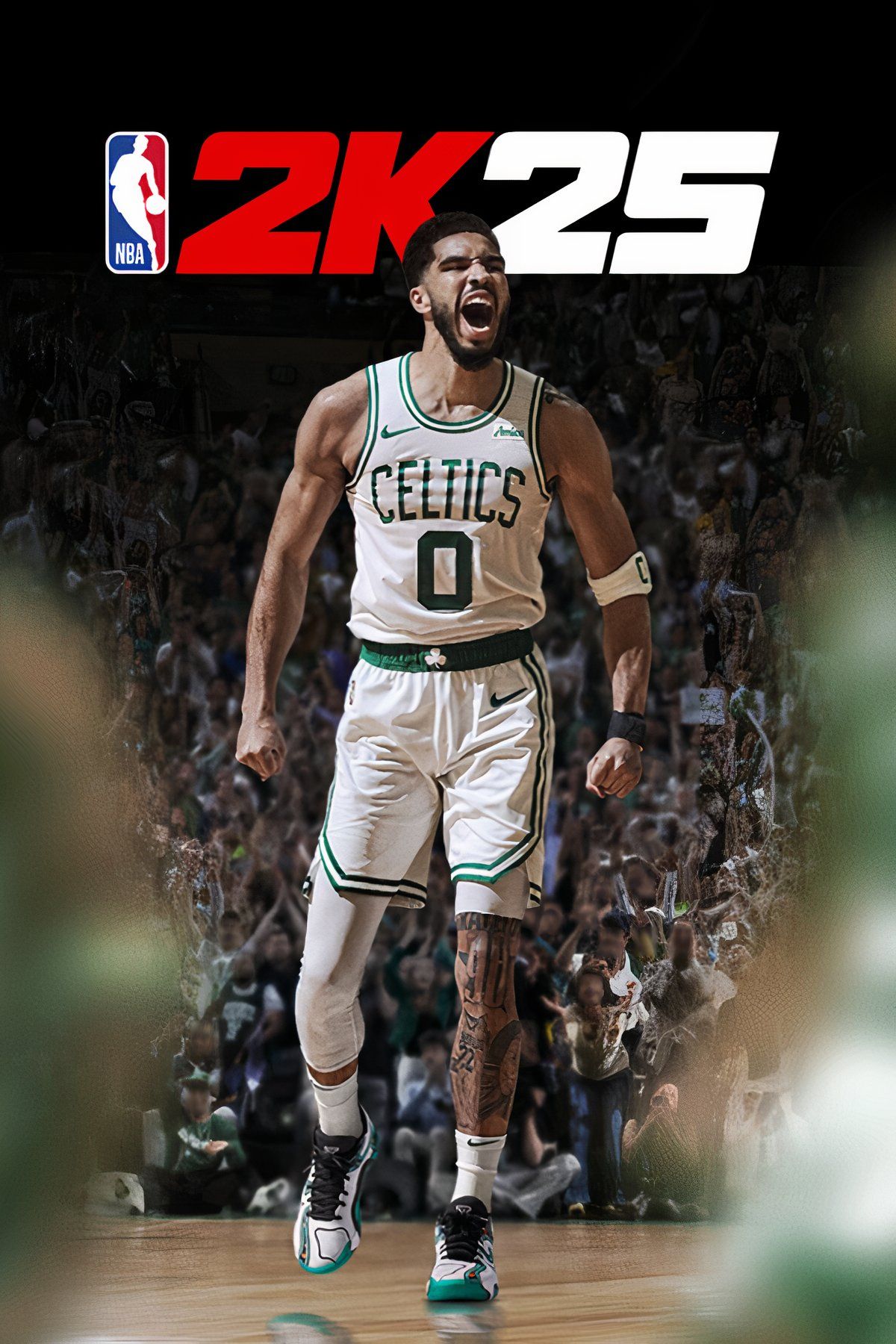
NBA 2K25
- Released
-
September 6, 2024
- ESRB
-
E For Everyone For In-Game Purchases & Users Interact
- Developer(s)
-
Visual Concepts
- Publisher(s)
-
2K Games
3
The Culling: Origins – Pay-Per-Match Madness
The Culling, a now-defunct first-person battle royale game, was actually moderately well-received when it first launched. However, it was quickly overshadowed by the rise of PlayerUnknown’s Battlegrounds and Fortnite, leading developer Xaviant to halt future development in December 2017. Still, Xaviant wasn’t ready to let go, and that’s where things started to get ugly.
Their next attempt, The Culling 2, was a complete and utter failure—and that might be putting it mildly. The game peaked at just over 250 players on launch day, and that number dropped to a single player less than 40 hours later. Unsurprisingly, The Culling 2 was pulled from storefronts and had its servers shut down just over a week later, making it one of the shortest-lived online games ever released.
But somehow, it got worse. Xaviant tried to revive the franchise yet again, this time with a reboot of the original game called The Culling: Origins. This version launched with an almost comically greedy monetization model: players could only play one match per day for free. After that, unless you won, you had to purchase match tokens or a time-limited access pass to keep playing.
As you might expect, this didn’t sit well with the few fans the series had left. Xaviant later increased the daily free match limit to ten, but by then the damage was done. Like its predecessors, The Culling: Origins was short-lived—buried under the weight of its own shameless greed.
2
Star Wars Battlefront 2 – Pride and Accomplishment
When people think of microtransactions gone wrong, Star Wars Battlefront II is probably the first game that comes to mind. The monetization model present just before launch was so revolting that it sparked regulatory investigations around the world, tanked EA’s stock value, and permanently tarnished the game’s reputation.
Several factors fueled the outrage. For starters, progression was tied directly to loot boxes, and unlocking iconic characters like Darth Vader required either dozens of hours of grinding or spending real money. In doing so, EA and DICE effectively created a pay-to-win environment in a competitive multiplayer game; players who paid had stronger kits and access to better heroes.
Rubbing salt in the wound, EA wasn’t even remorseful at first. In what became the most downvoted Reddit comment of all time, the EA Community Team defended the system, claiming, “The intent is to provide players with a sense of pride and accomplishment.”
Ultimately, public outcry forced EA to erase the microtransactions and overhaul the progression system entirely. Today, Battlefront II is widely regarded as a solid game and is actually more popular than ever, but the controversy will always hang over its legacy like a shadow.
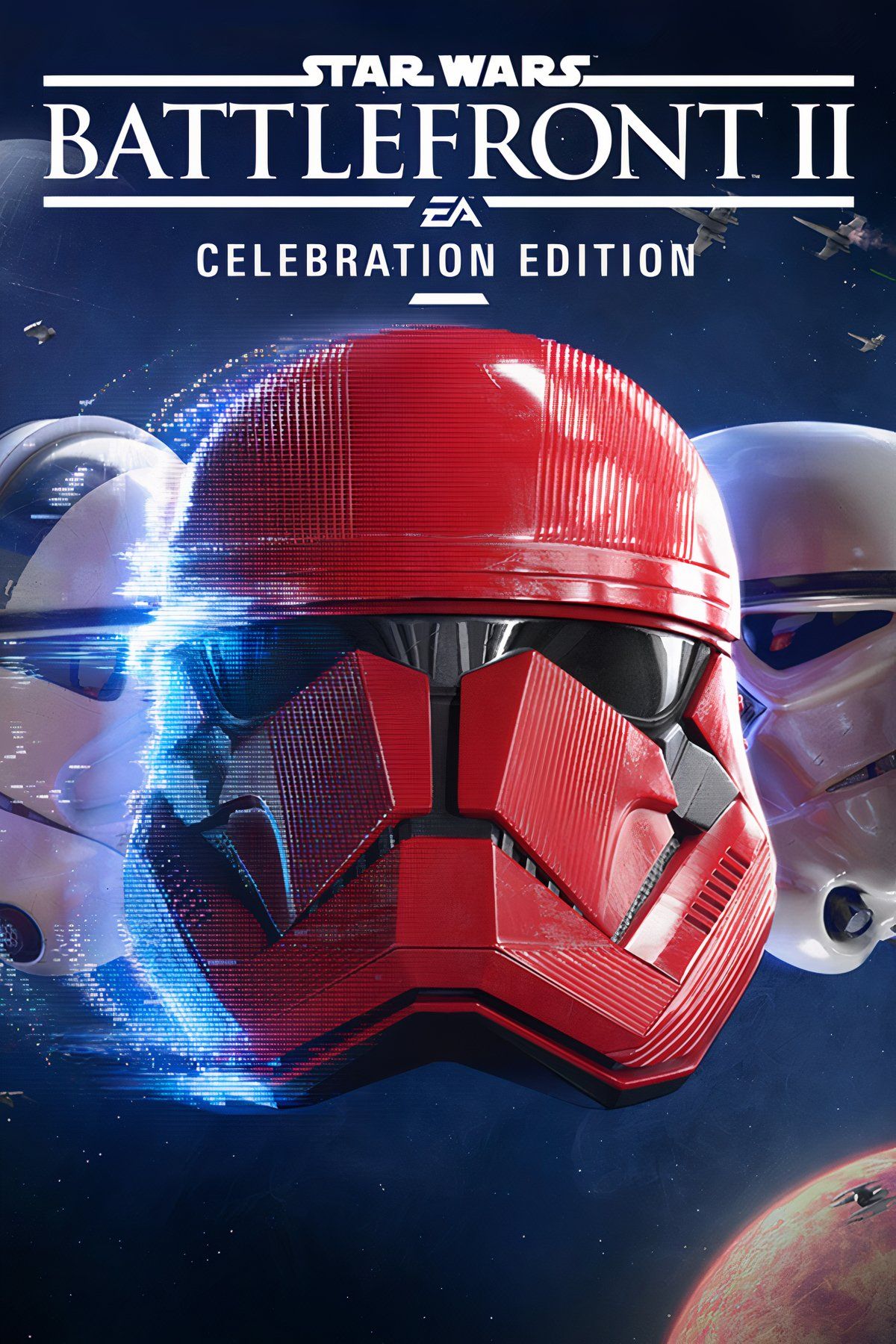
Star Wars Battlefront 2
- Released
-
November 17, 2017
- ESRB
-
T for Teen: Violence
- Developer(s)
-
DICE
- Publisher(s)
-
Electronic Arts
1
Diablo Immortal – Monetization from Hell
After the now-infamous “Do you guys not have phones?” moment, we probably should’ve known Diablo Immortal didn’t have the player’s best interest in mind. The game is a cesspool of aggressive monetization tactics. Sure, it’s free to download, so it has that over some other offenders, but it’s packed with all the usual suspects: pay-to-win mechanics, loot boxes, battle passes—you name it.
And it’s not cheap, either. Estimates place the cost of fully upgrading a single character at anywhere from $50,000 to $600,000. Technically, it’s possible to do it all without spending money, but the math suggests it would take years and years of grinding.
It didn’t take long for players to voice their anger, with Diablo Immortal earning the lowest Metacritic user score of all time. But despite the uproar, it was a massive commercial success. And that’s the real tragedy: developers know these practices will provoke resentment, but if the profits outweigh the bad press, it’s worth it.
Microtransactions. Nearly every publisher does them, but some take it to another level. These games didn’t just follow the trend. They helped define it.

